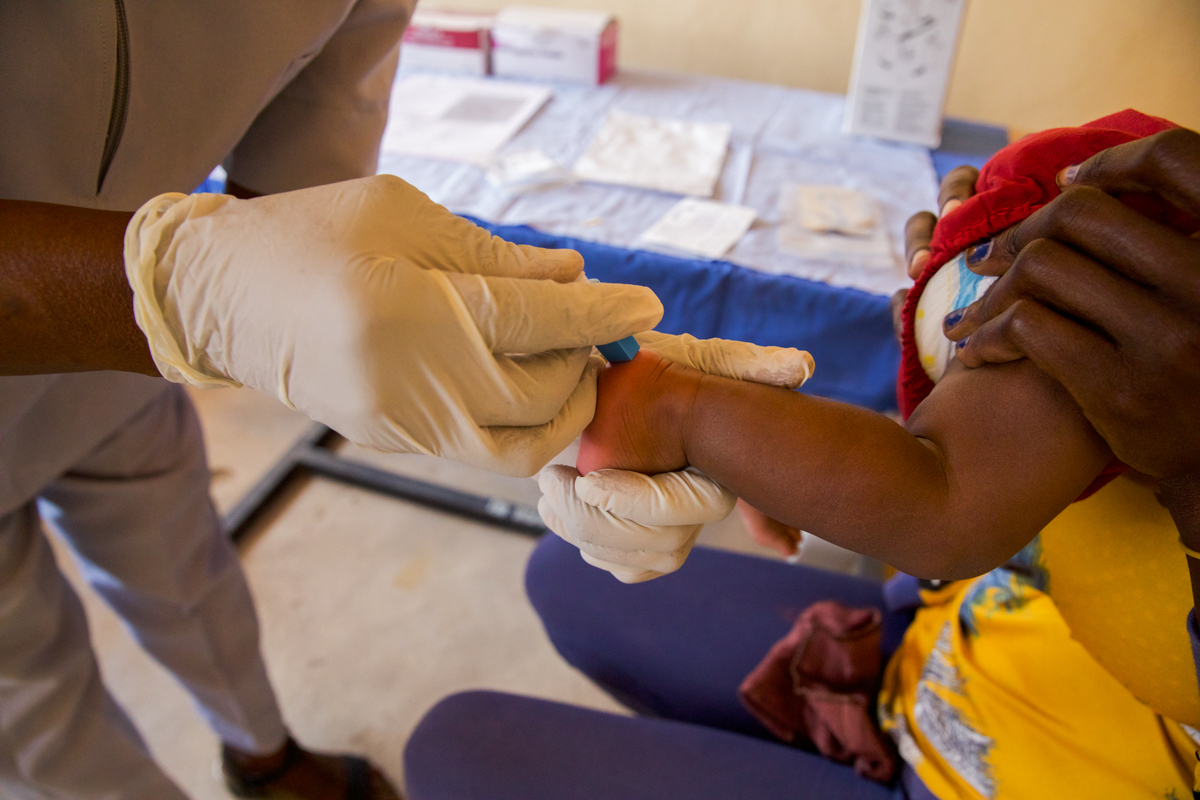The challenge with early infant diagnosis of HIV
Over 1.2 million newborns are exposed to HIV each year, with more than 65% in sub-Saharan Africa. If left untreated, infants infected with HIV during pregnancy or childbirth have a high risk of dying before their first birthday. For this reason, the World Health Organization (WHO) recommends that all HIV-exposed newborns receive a virological nucleic acid test (NAT) within four to six weeks of birth with immediate return of results. Infants who are HIV-infected should start treatment without delay. Access to early infant diagnosis (EID) has steadily increased in recent years, but it varies significantly by region. By 2022, an estimated 63% of HIV-exposed infants globally received a virological test by two months of age. Coverage for EID testing rose to around 83% in eastern and southern Africa, but only to 23% in western and central Africa. Because of delays in obtaining results and further losses in the testing-to-treatment cascade, only 30% of perinatally infected infants are linked to services and started on antiretroviral therapy (ART) in a timely manner.
Integrating point-of-care EID testing into national diagnostic networks
Innovative point-of-care (POC) EID technologies can increase access to testing for HIV-exposed newborns and accelerate diagnosis and linkage to treatment for infants living with HIV.9, 10 From August 2015 through July 2019, with funding from Unitaid, the Elizabeth Glaser Pediatric AIDS Foundation (EGPAF) collaborated with ministries of health (MOHs) in nine African countries (Cameroon, Côte d’Ivoire, Eswatini, Kenya, Lesotho, Mozambique, Rwanda, Zambia, and Zimbabwe) to demonstrate the feasibility, effectiveness, affordability, and scalability of POC EID testing (see Figure 1 Theory of Change in document).
EGPAF introduced POC EID through a phased approach that included preparation, early implementation, progressive sites enrollment, routine testing and monitoring, and transitioning. Throughout all phases, EGPAF collected and analyzed data and information. This was used for communication and advocacy to promote acceptance and uptake of the new technology and to inform continuous quality improvement of each phase of activities. To increase access to and use of POC EID, eight of the nine project countries established local hub-and-spoke networks. In each case, hub health care facilities used POC instruments to test infants from nearby spoke clinics using short-distance referrals or sample transport.




